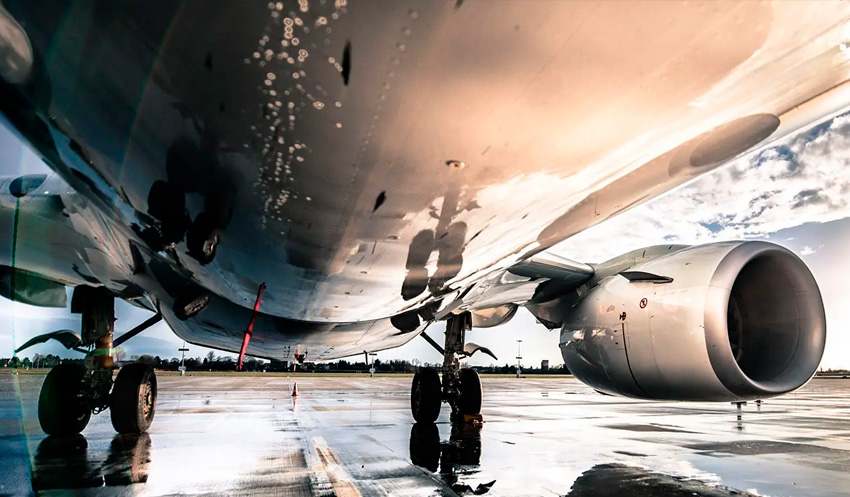Air transport has revolutionized the way we travel and connect with the world. With its speed and efficiency, it has become an integral part of global transportation networks. However, like any other mode of transport, air transport also has its drawbacks. In this blog post, we will delve into the four key disadvantages of air transport, shedding light on the challenges it poses and the implications it has on various aspects of our lives.
- Environmental Impact:
Air transport is notorious for its significant environmental footprint. The burning of aviation fuel releases greenhouse gases, contributing to climate change. The carbon dioxide (CO2) emissions from aircraft engines, along with other pollutants such as nitrogen oxides (NOx) and particulate matter, have adverse effects on air quality and human health. Additionally, the noise pollution generated by aircraft can disrupt ecosystems and disturb communities living near airports. - High Costs:
Air travel is often associated with high costs, making it inaccessible for many individuals and businesses. The expenses involved in operating and maintaining aircraft, airport infrastructure, and air traffic control systems are substantial. These costs are ultimately passed on to passengers in the form of ticket prices, making air travel a luxury that not everyone can afford. Moreover, the volatility of fuel prices and the impact of global events on the aviation industry can further escalate the cost of air transport. - Limited Capacity:
Despite its speed and efficiency, air transport has inherent limitations when it comes to capacity. Airports have finite runways and terminal facilities, which restrict the number of flights that can take off and land within a given timeframe. This limitation becomes more evident during peak travel seasons or in densely populated areas, leading to congestion, flight delays, and increased travel times. Additionally, the size and weight restrictions of aircraft limit the volume of cargo that can be transported by air, posing challenges for industries reliant on efficient logistics. - Vulnerability to Disruptions:
Air transport is highly susceptible to disruptions caused by adverse weather conditions, natural disasters, and geopolitical events. Severe storms, volcanic eruptions, or even a global pandemic can ground flights, disrupt schedules, and cause significant economic losses. The interconnectedness of the global aviation network means that disruptions in one region can have a cascading effect on air travel worldwide. This vulnerability highlights the need for robust contingency plans and risk management strategies within the aviation industry.
Conclusion:
While air transport offers unparalleled speed and connectivity, it is essential to acknowledge its drawbacks. The environmental impact, high costs, limited capacity, and vulnerability to disruptions are significant challenges that need to be addressed. As we strive for a sustainable and efficient transportation system, it is crucial to explore alternative technologies and practices that mitigate these disadvantages while maintaining the benefits of air transport. By understanding and addressing these drawbacks, we can work towards a more balanced and resilient aviation industry.

